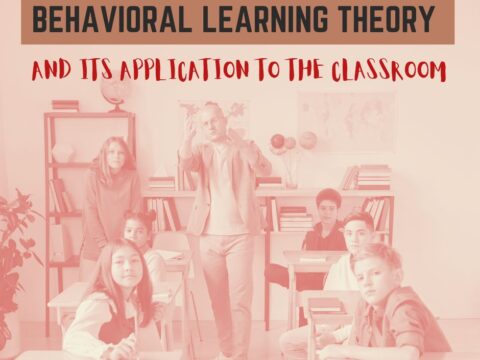Sara Stringer has a great post that mixes the miracle of technologic tools–straight out of StarTrek (or Harry Potter) with the current trend toward online education. I took my first online class when I got my teaching credential–and now I’m teaching them. Sara brings up a few benefits I hadn’t even considered.
My students are from the Harry Potter generation; the kids who grew up with Harry and his adventures are now adults, after all. I like to tease them about how many of the items that seemed magical in Harry’s world now exist, thanks to technology.
Take the animated GIF. When “moving photographs” first appeared in J.K. Rowling’s wizarding world, they seemed magic. Now, they’re one of the most common forms of digital media, and every one of my students knows how to make them.
Or, if you prefer, the Marauder’s Map. Why did we think that a map showing us the real-time location of our family and friends was something that could only exist at Hogwarts?
We are in an unprecedented age of technology, when nearly anything we want to create can come true. Though none of my students are old enough to have seen Star Trek when it first aired, I like to tease them about how cell phones were originally designed to replicate Star Trek communicators. Now, we have phones that will let us video chat with people anywhere in the world. We have 3D printers that are replicating human liver cells. Anything is possible.
Widespread use of the internet in education has also increased students’ possibilities. You no longer need to live in London to get that owl inviting you to Hogwarts, or leave Iowa to go to Starfleet Academy; with online education, you can enroll in any subject you choose, from anywhere in the world. You can take college-level classes as a high school student, or return to get an advanced degree as an adult.
You can also take classes when they’re convenient for you, instead of the other way around. I’m well aware that many of my high school students are forced to attend their first “Zero Period” class at 7 a.m., long before their brain chemistry and circadian rhythms are ready to wake up and start learning. When I encourage my students to consider online college degrees, one of the key benefits I mention is the ability to study and take classes in the evenings and late at night, when many of my students report being the most focused and able to retain information.
Of course, taking classes when you want means you also have time in your day to fit in other opportunities. You don’t need Hermione’s Time-Turner; you can go to work during the day and take classes at the same time. You can hop on the metro and watch an online lecture or communicate with a group about an upcoming project. You can, literally, do two things at once.
You can also — and this is a big feature for my students — work ahead, and complete things faster. When you’re in a standard classroom, as my students well know, you have to sit in your seat for the full 90 minutes, even if you completed your work already. You have to stay in your seat and be quiet even if you already understand the material. That’s the same in standard college classrooms as well — but not in online education. When you’re taking classes online, you can work as fast as you want. I have a few of my best students right now looking into accelerated RN to BSN programs because they don’t want to wait, and they don’t want to work at the pace of the rest of the group; instead, they want to soar.
The Harry Potter generation truly lives in a magical world. It’s our job as educators to help them understand all of the possibilities and opportunities that await them. Teaching them about how to use online resources to educate themselves and help them reach their potential is only one of the many facets of this job, but it’s one of the most important.
Sara Stringer is a former medical and surgical assistant who now does freelance business consulting. She enjoys blogging and helping others. In her spare time (translation: the time spent doing what’s most important), she enjoys soaking up the sunshine with her husband and two kids.
Jacqui Murray has been teaching K-18 technology for 30 years. She is the editor/author of over a hundred tech ed resources including a K-12 technology curriculum, K-8 keyboard curriculum, K-8 Digital Citizenship curriculum. She is an adjunct professor in tech ed, Master Teacher, webmaster for four blogs, an Amazon Vine Voice, CSTA presentation reviewer, freelance journalist on tech ed topics, contributor to NEA Today, and author of the tech thrillers, To Hunt a Sub and Twenty-four Days. You can find her resources at Structured Learning.




































